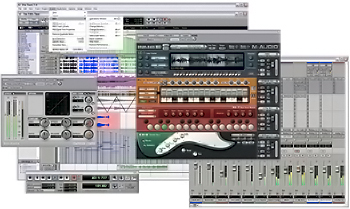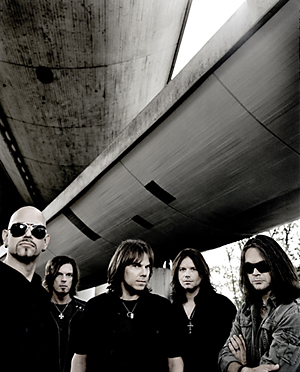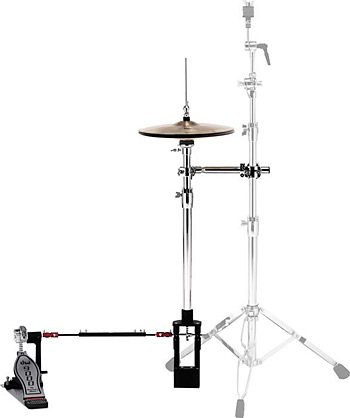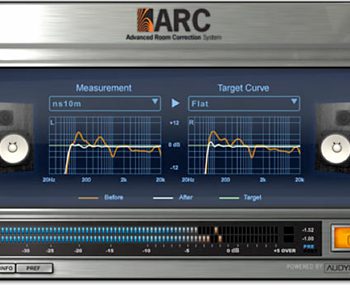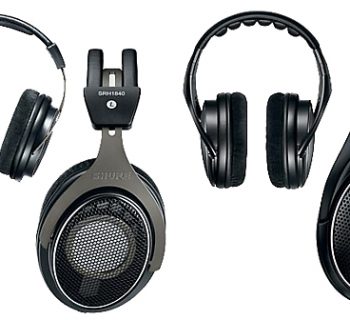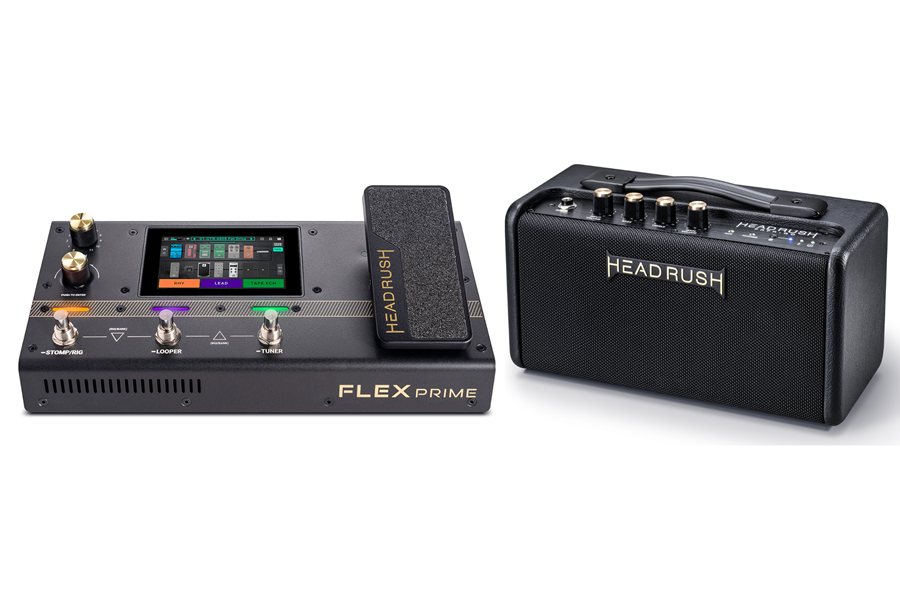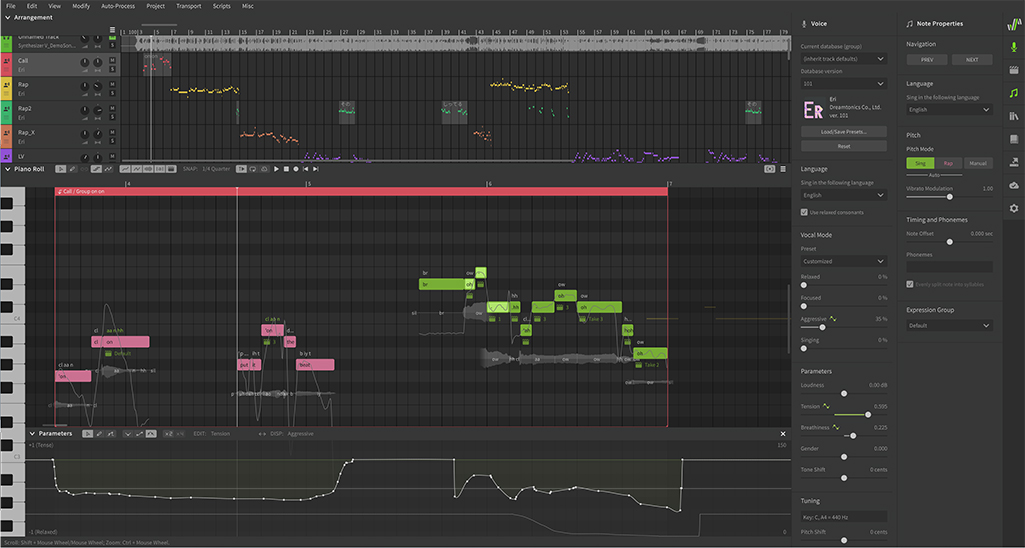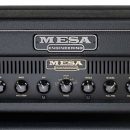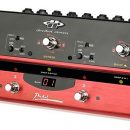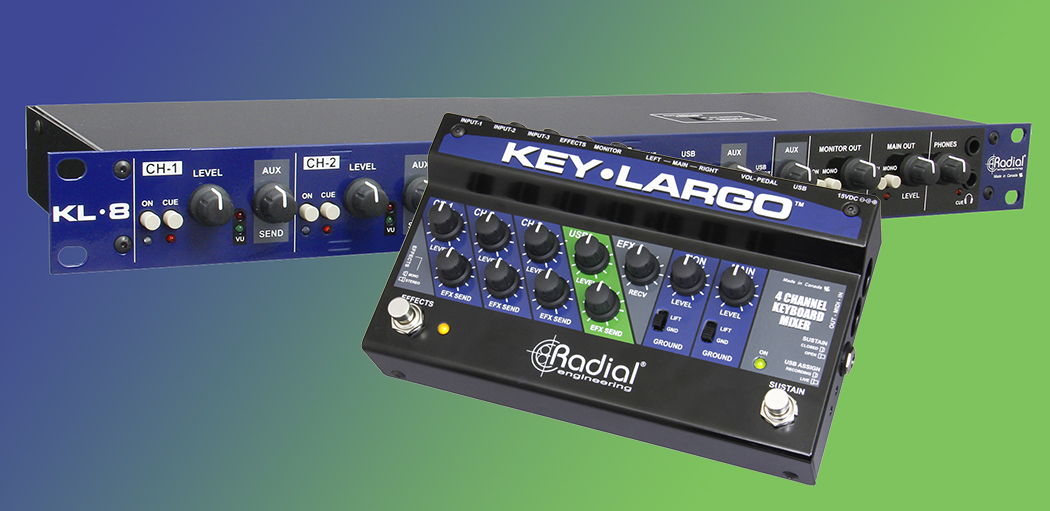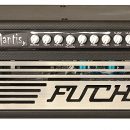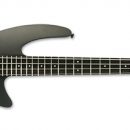In-flight entertainment was never this productive (or fun)!
I love traveling to new places. Or at least, arriving at new places. While I am always happy to go somewhere new to experience new customs, cuisines, and of course, music, the actual traveling part of the trip can be a drag. Besides the boredom factor (do we really need to see another bad J-Lo movie on the flight?), when I am away from my home or rehearsal studio, there is down time I don’t want. I would rather spend that time being productive… and occupying time until the adventure at the new destination can start!
After a number of non-music-related business trips resulted in boring and unproductive airplane and hotel time, I decided to fight back. No, I didn’t strangle the airline attendant for not showing Spinal Tap as the in-flight movie. And I didn’t throw a couch from the hotel balcony (but largely because I already did that in college. Really.) Rather, I decided I was going to piece together a portable studio with my limited resources to not only be productive but also to have fun when there was downtime while traveling.
I wanted a studio that could not only travel on an airplane with me but also integrate well with my Digidesign Pro Tools LE/Digi 002r home studio. I wanted to be able to take whatever sessions I created on the ‘portable’ studio and use them in the home-based studio.
Since I already owned an Apple Powerbook, I decided to use this as my starting point. Admittedly, the Powerbook was an older G4 model, which will likely have limitations (ie, number of tracks and plugins). However, I reasoned that since it is very unlikely I will be recording a full band on twenty-four tracks while on an airplane, I might be able to squeeze by with this modestly powered computer. Besides, eventually I’ll have the spare money to be able to spring for a new Intel-based MacBook Pro, but for the time being, this computer was going to have to suffice.

ProTools 7.1 M-Powered
Next, I needed to decide what audio program to use. As mentioned before, I am already using Pro Tools in my studio, so that was the software of choice. However, this introduced another problem: You need to have specific hardware to enable Pro Tools to run. While my Digi 002r is great, it certainly isn’t an option to carry easily on a plane! So that leads us to the next question… What audio interface should I use?

M-Audio Transit Audio Interface
Being on a budget, and knowing that this setup is being designed for use on an airplane as well, I needed something small. I also wanted something to have a small power requirement, as everything was going to have to be Firewire or USB bus-powered from the laptop’s battery (unless you are lucky enough to fly first class, which often has power outlets for computers). Digidesign’s Mbox or Mbox 2 were strong possibilities as they were small and ran with Pro Tools. However, they were still too big for my mobile in-flight solution.
Wondering which path I should take, it hit me! M-audio makes many audio interfaces for all budgets. What’s more, since Digidesign’s acquisition of M-audio, there is now M-Powered Pro Tools! This is exactly the same program as traditional Pro Tools LE, except it is designed specifically to run on M-audio hardware. Best of all, the two programs are fully compatible – you can pass sessions back and forth between the two seamlessly. In fact, from version 7.1 onward, you can actually have both programs installed on the same computer (which I tried – it worked great).
So… I found my interface in the form of M-Audio's Transit. The size of a credit card, it plugs into your USB board and provides one audio In and one Out. For my purposes, this was fine. My primary method of input on my upcoming five-hour airplane trip to Arizona was going to be via a MIDI controller (not audio), so essentially, the Transit interface served as a dongle to run the Pro Tools M-Powered software. It also served as the place I plugged in my headphone to monitor my sessions. Best of all, I bought it at a local music store for only $79!
Finally, one piece of hardware was still needed… something to actually play! Though I play several instruments, I am primarily a keyboardist with a variety of gear from Korg, Roland, and E-mu. Selecting the right MIDI controller was a hard decision. There are many controllers to choose from. For example, I loved Korg’s MicroX, which not only can be used as a MIDI controller but also sported a full-fledged Triton sound bank and arpeggio engine! Unfortunately, though, it was not battery or bus-powered, so that made me take it off the list. I also really liked E-mu’s X-board. Besides being battery or bus-powered, it comes with over 1000 sounds from their Proteus line of synths! Upon closer observation, however, their software is only meant to run on a PC, not a Mac, so reluctantly I had to cross this off the list too.

M-Audio Oxygen 8 V2
Ultimately, I purchased another M-audio product, the twenty-five-key Oxygen V2. Reasonably priced, it had a good feel and it interfaced well with Pro Tools. It has multiple controller knobs and presets which aid navigating around within the DAW and soft-synth environment.
Which of course, led to another question… what soft-synth to use? I already own Korg’s Legacy Collection Digital Edition (the venerable M1 and Wavestation soft-synths). However, those needed an additional hardware dongle to run. As Korg uses a different dongle system than M-audio and Digidesign, the software licenses couldn’t be combined on one iLok. This was not an option as I was running out of USB ports on the Powerbook.
Once again, I came back to a solution from Digidesign. Digidesign’s Xpand! was perfect for this task. A soft-synth that includes just about every stock sound you could need, Xpand! even includes drum loops to quickly and easily provide a drum track for whatever other tracks you record. No extra dongles were needed – just install and away you go!
One last thing remained. What do I carry all this stuff in? As it turns out, I already owned Digidesign’s M-Bag, which is a laptop case/backpack with enough pockets to carry additional audio gear. Originally designed to transport a Mbox, it worked well to carry my Powerbook, Oxygen V2 controller, Transit interface, all of my cords, and my iLok.
At last, I was ready to put the system to the test!
My fiancé and I were heading from New Jersey to Arizona for Thanksgiving. Since we had a 6:40 am flight, I assured Sherryl that we had plenty of time to get to the airport if we left by 5:00 am. After all, what musician likes to get up early?
Well, after nearly missing our flight due to slow in-airport procedures, we managed to board our flight. Ironically, the shortest part of the trip was going through security. The TSA agent gave me a quick look as if to say “That’s cool,” but he didn’t slow us down to inspect anything.
Once on the airplane, I thought I would have to keep it in an overhead bin, but it actually fits perfectly under the seat, as seen here:

After getting off the ground, and hearing the “ding” that signaled in-flight party time, I set myself up. Computer was charged, keyboard and audio interfaces connected… I was ready! Below is a picture of my in-flight mobile entertainment center… err, mobile studio, that is:

Everything fit, which made it comfortable to actually create music and not be cramped – at least as comfortable as you can be in a coach seat, anyway!
So how did it work?
First, this setup worked incredibly well! I was thrilled with how seamlessly (and easy) everything integrated, and that I was able to use my familiar Pro Tools environment several miles above ground!
Before you decide to pick up a cheap, used, PowerBook off eBay, slow down. The second thing I noticed was that this mobile studio really did show the age and limitations of my older and underpowered PowerBook. Though I knew my PowerBook was well below the minimum requirements that Digidesign supports for my version of Pro Tools, I thought I could get away with it being at least somewhat usable. And to a certain degree, it was, but to really get the most enjoyment and productivity out of this setup, upgrading to a new Mac laptop is a must.
This experience has inspired me to do just that, though. If I could do basic work with this old system, just imagine the possibilities if my portable rig were high-powered!
Using this system, I was able to get approximately three stereo tracks recorded, with each one assigned to a different Xpand! sound before the computer ran out of CPU horsepower. I tried a number of different sessions but wasn’t able to get much past that. Again, keep in mind that this was using a computer not approved by Digidesign, but even so, to get some musical ideas down on a cross-country flight, this was certainly a workable solution to start with.
My concerns about finding products with minimal energy usage proved worthwhile, as using both the USB-powered Oxygen V2 keyboard and USB-powered Transit audio device, I still had battery life remaining after two hours of recording in Pro Tools. Not bad for my little experiment!
Overall, I found the experience to be very rewarding. My choices of product selection were perfect for achieving my goal: to create a portable Pro Tools studio that I could use on an airplane. The Transit is small and enables you to operate in a mobile Pro Tools environment. The Oxygen V2 MIDI controller integrates well with Pro Tools, and if you haven’t checked out Xpand!, you should! There are many quality, usable presets that will get you going easily.
The only things I need now are a new MacBook Pro… and a first class ticket!

